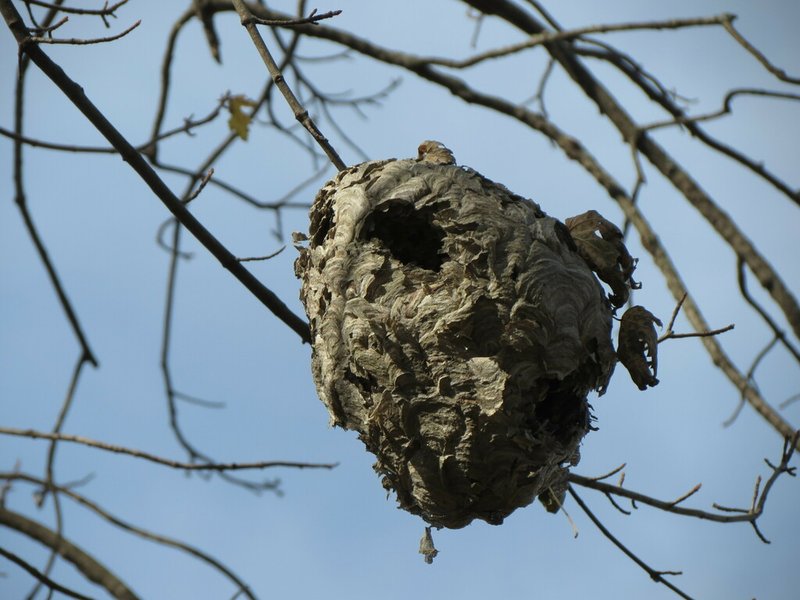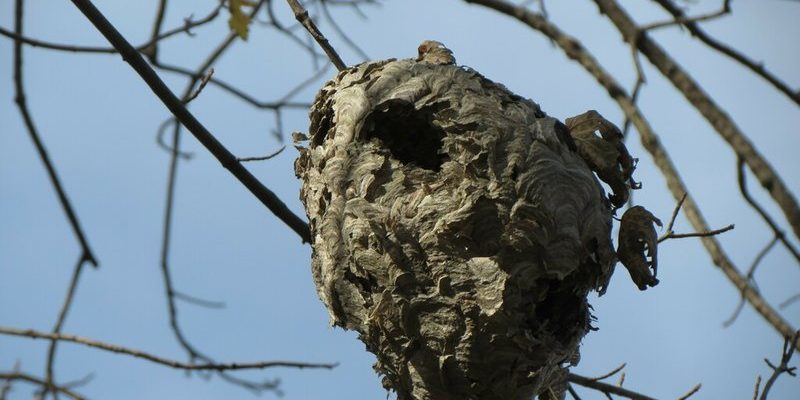
You might think of yellowjackets as just another insect, but they have a complex social structure that relies heavily on communication. They use various methods to convey messages, share resources, and defend their nests. Let’s dive deeper into how these amazing creatures interact with one another in their bustling communities.
Types of Communication Among Yellowjackets
Yellowjackets rely on several modes of communication, but the two main types are chemical signals and visual cues.
Chemical Communication
Here’s the thing about yellowjackets: they are all about the scents. They use pheromones, which are chemicals released by one yellowjacket that can influence the behavior of others in the colony. For example, when a yellowjacket feels threatened, it can release alarm pheromones that alert others to danger. This is like sending out an emergency text to warn your friends that something’s up.
These chemical signals can also serve other purposes. For instance, when a queen is ready to mate, she releases specific pheromones to attract drones. It’s like sending out a personal ad saying, “Hey, I’m looking for a mate!” This chemical communication helps maintain the colony’s social structure and ensure everyone is on the same page.
Visual Communication
Along with scents, yellowjackets also rely on visual cues. You might observe them waving their antennae or moving in specific patterns. These movements can indicate a variety of messages—from signaling for food to alerting others to a potential threat. It’s almost like a tiny traffic controller directing the flow of insect life.
Interestingly, the way they interact visually can also show their roles within the colony. For example, workers might perform a type of dance when they find food. This behavior, similar to how bees do their famous waggle dance, lets other yellowjackets know where to find the best snacks. They are constantly communicating, making their interactions a vital part of their survival.
The Social Structure of Yellowjackets
Yellowjackets have a fascinating social structure that plays a huge role in how they communicate. Their colonies typically consist of three main types of members: the queen, workers, and drones.
The Queen
The queen is the heart of the colony. She’s responsible for laying eggs and maintaining the population. When it comes to communication, the queen uses pheromones to keep the workers in line. A strong, healthy queen releases pheromones that signal the workers to care for her and the larvae. If something’s wrong with the queen, like if she becomes weak or dies, the pheromone levels change, leading to chaos within the colony.
Think of the queen as the CEO of a company—her well-being directly impacts the entire operation. If the employees (the workers) sense something’s off, they might start looking for a new leader or even reject the current queen.
Workers and Drones
Workers are the backbone of the colony. They forage for food, build the nest, and care for the young. Their communication is essential for the colony’s efficiency. Using both pheromones and visual signals, workers coordinate their activities and share information about food sources.
On the other hand, drones have one primary purpose: to mate with the queen. They don’t contribute to the day-to-day activities of the colony. When mating season arrives, the drones take to the skies, and visual signals play a key role in attracting them to the queen. You might think of drones as the free-spirited team members who are only in it for the big event!
The Role of Communication in Foraging
Foraging is a crucial part of a yellowjacket’s life. It’s not just about finding food; it’s about efficiently sharing that information with others in the colony.
Finding Food Sources
When a worker yellowjacket comes across a tasty treat, she’ll often return to the nest and perform a brief *dance*. This isn’t a party dance; it’s more of a “follow me” signal. By moving in specific patterns, she indicates the direction and distance to the food source. This is super helpful because other workers can quickly gather resources without wasting time.
Imagine walking into a new restaurant with a friend who loves it. If they say, “Trust me, the tacos are amazing!” you’d likely follow their lead. That’s how yellowjackets influence one another to find food.
Coordinating Efforts
Once a food source is located, communication becomes vital. Workers must coordinate their efforts to gather food effectively. They communicate the type of food available and its distance from the nest, ensuring that everyone involved knows where to go and what to expect.
This teamwork is essential because yellowjackets often face competition from other insects, so the faster they communicate, the better their chances of securing food. It’s a race against time, and those conversation signals are their secret weapons.
Interactions with Other Species
Yellowjackets don’t just communicate within their colonies; they also interact with other species, creating a complex web of relationships.
Predators and Competitors
Yellowjackets are known to be aggressive when defending their nests. When they detect a predator, they release alarm pheromones, rallying other members to defend their territory. It’s like a “code red” alert that mobilizes the entire team for action.
They also compete for resources with other insects, including bees and ants. In this context, communication can be about establishing dominance. For example, if a yellowjacket recognizes a rival colony nearby, it might use aggressive display signals to warn them off. This kind of interaction showcases their strategic side.
Mutualism and Symbiotic Relationships
Interestingly, yellowjackets can also have positive interactions with other species. Some studies suggest they form mutualistic relationships with certain plants, where yellowjackets help with pollination in exchange for food (nectar). Their communication plays a vital role in these relationships, guiding them to plants that provide the best rewards.
This type of interaction highlights the importance of communication beyond just survival—it’s also about benefiting from the ecosystem around them.
Why Understanding Yellowjacket Communication Matters
You might be wondering why it’s essential to study how yellowjackets communicate and interact. Well, understanding their behaviors can help us in several ways.
Ecological Impact
Yellowjackets play a crucial role in the ecosystem. They help control pest populations by feeding on harmful insects. Knowing how they communicate can help researchers better understand their role in the environment, which can have significant implications for agriculture and biodiversity.
By grasping their social structure and interactions, we can develop strategies to manage their populations in urban areas more effectively. This knowledge can aid in reducing unwanted encounters, especially during picnics or outdoor gatherings.
Enhancing Human Safety
For those who are allergic to yellowjacket stings, understanding their behavior can be life-saving. By knowing when they are likely to defend their nests or how they communicate aggression, people can learn how to avoid confrontations. Education is key to enjoying nature without constant worry about being stung.
In summary, yellowjackets are not just pesky insects; they are intricate communicators with a rich social structure—much like us! By learning how they interact and convey information, we can appreciate them more and ensure our coexistence is as harmonious as possible.
So the next time you spot a yellowjacket buzzing around, remember that there’s a lot more happening beneath the surface than just a pest at your picnic. You’ve uncovered the fascinating world of yellowjacket communication!

